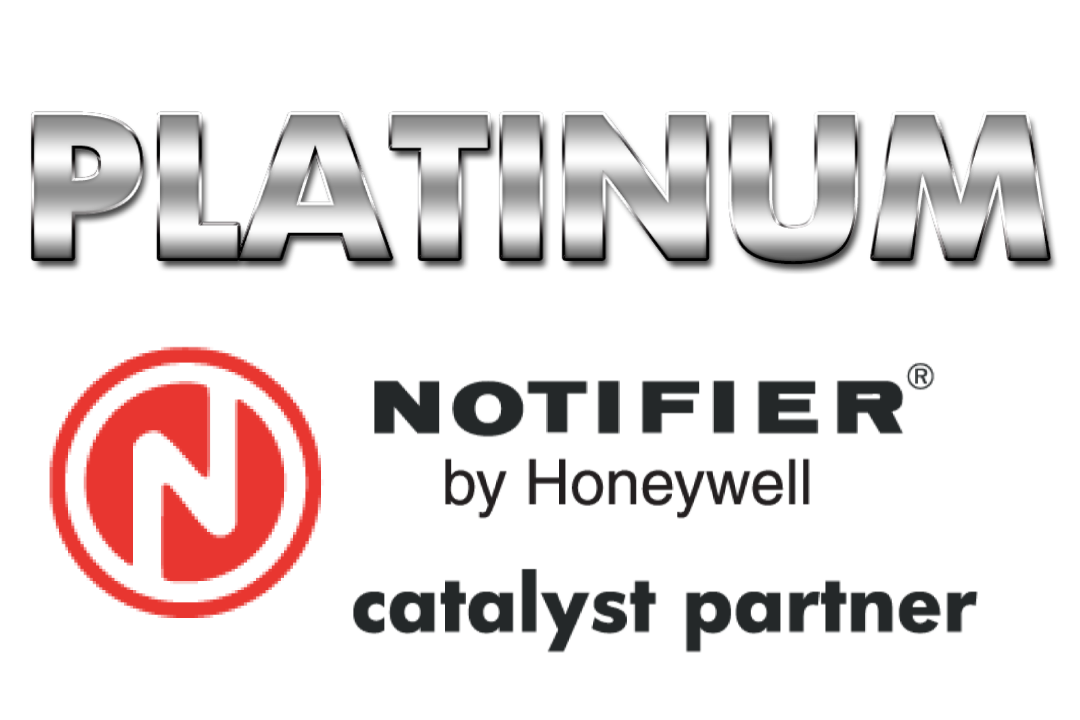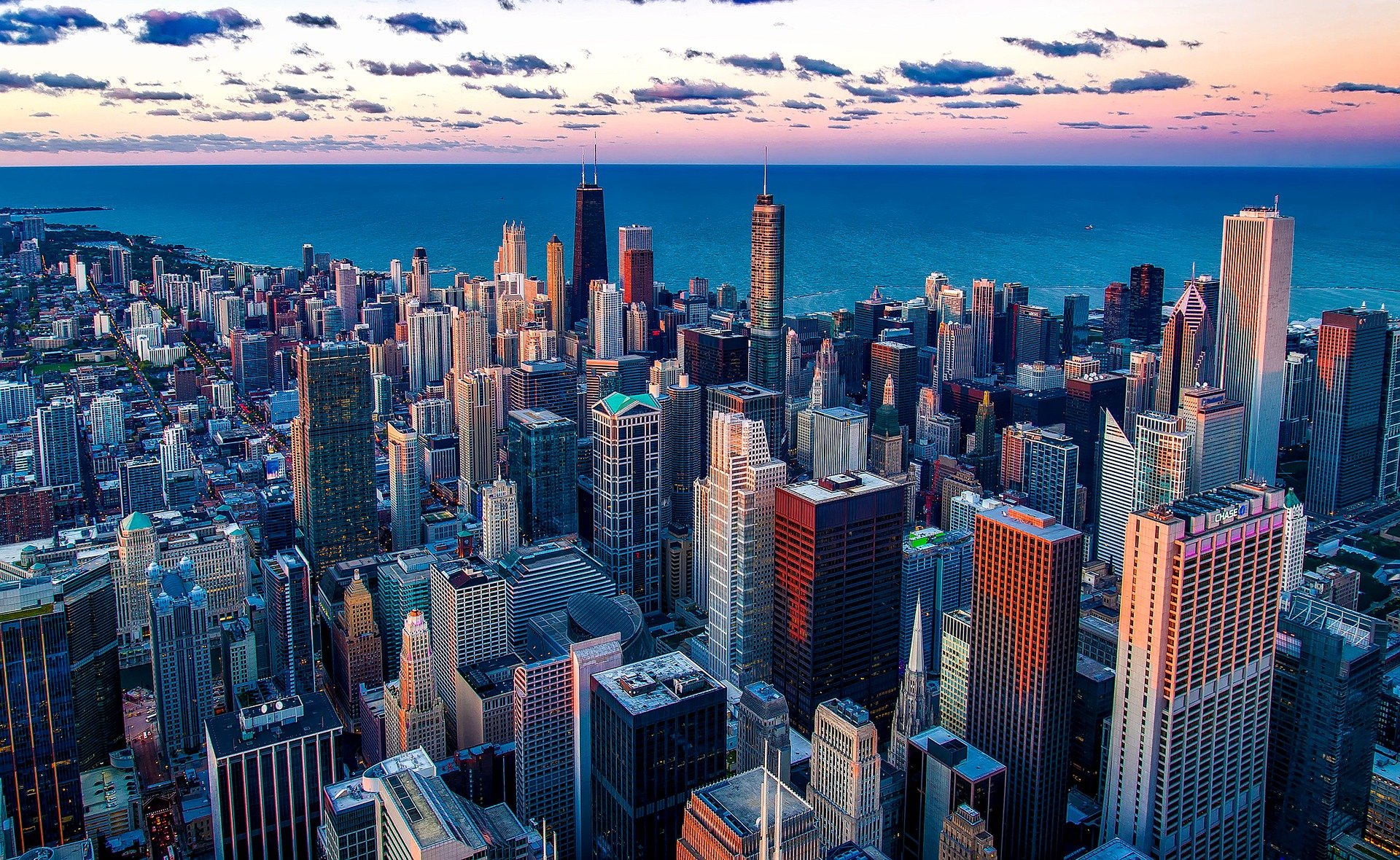
Get A Quote
What is a Fire Extinguisher?
A fire extinguisher is a device that often is used in emergencies that will discharge wet or dry chemicals to control fire. It is important to note that fire extinguishers are not for use against out-of-control fires, such as one that quickly spreads throughout a structure, puts the user in danger, or would otherwise require the assistance of the fire department.
There are two major types of fire extinguishers: cartridge-operated and stored-pressure. Cartridge-operated extinguishers are less common and are typically used in industrial facilities or places where they are used more frequently. They operate by storing the expellant gas, compressed carbon dioxide, in a cartridge that must be punctured before use. They do allow for a faster turnaround time between discharge and recharge for continuous use.
Stored-pressure extinguishers are more commonly used and store the expellant and anti-fire agent in the same chamber. The propellants used will depend on what agent is used in a particular fire extinguisher. Nitrogen is typically used in dry chemical extinguishers, while air is usually used in foam and water extinguishers.
The Importance of Fire Extinguishers
Fire extinguishers provide people with the ability to keep smaller fires under control before they turn into catastrophic events. Proper training and education are key components of using a fire extinguisher during a fire. The use of the correct class of fire extinguishers is critically important, as different types of fire require different kinds of fire extinguishers to be effective.
How to Use a Fire Extinguisher
All employees should be properly trained in how to use a fire extinguisher. An easy way to remember the order of operation is the acronym PASS:
-
- P- Pull the pin while holding the fire extinguisher, making sure the nozzle is pointed
away from you, and then release the locking mechanism.
- A – Aim the extinguisher low at the base of the fire.
- S – Squeeze the lever evenly and slowly.
- S – Sweep the nozzle using a side-to-side motion.
Fire Extinguisher Types
There are five different types of possible fires and five distinct types of fire extinguishers. The fire extinguisher you are using as part of your commercial fire safety system must correlate with the type of fire that may occur.
Fire extinguishers have letters and symbols on their labels to characterize their class. The location requirements of extinguishers are based on the type of fire they can put out. The National Fire Protection Association (NFPA) has strict regulations regarding the placement and use of fire extinguishers.
Class A:
Class A fire extinguishers can safely extinguish fires of common combustible materials like paper, wood, some plastics, rubber, and cloth. Fire extinguishers come in varied sizes, with Class A extinguishers available in sizes from 1-A to 40-A. Their size rating is based on the extinguisher effectively extinguishing a pile of wood panels that are stacked together. The wood size and number of panels determine its classification.
Use:
- commercial buildings or properties with a presence of common combustibles
- Fires involving materials such as paper, cloth, and wood
Location:
- The distance to an accessible fire extinguisher cannot be greater than 75 feet
Class B:
Fire extinguishers with a Class B rating are used on fires that involve flammable liquids and gases such as oil-based paint, gasoline, alcohol, and other like substances. Class B extinguishers are assigned a number to show they can extinguish specific heptane fires, which is a major component in gasoline. A fire extinguisher with a rating of 10-B must be able to extinguish a fire of 31 gallons of heptane in a 25 ft² pan.
Use:
- Anywhere a flammable liquid fire could occur
- Flammable liquids such as paints, solvents, gasoline, or oil
Location:
- The distance to a fire extinguisher must be within 30 – 50 feet
Class C:
Electrical fires, or those involving electrical equipment, use Class C fire extinguishers. These extinguishers also have a rating of Class A or Class B. Class C distinguishes these extinguishers as having no electrical current when discharged, eliminating the risk of shock during use.
Use:
- Areas with a presence of energized electrical equipment
- Fires that involve any form of energized electrical equipment
Location:
- Same location requirements as a Class A or B fire extinguisher
Class D:
Fires involving combustible metals like magnesium, sodium, lithium, or potassium would require a Class D extinguisher. This fire extinguisher is only rated on the quantity of agent it has and the process used to control a fire, so it does not have a number assigned to it like some other types of extinguishers.
Use:
- Fires involving combustible metals
Location:
- Fire extinguisher must be within 75 feet of a potential fire hazard
Class K:
Class K fire extinguishers are used on fires that include cooking appliances, such as deep fryers, which contain fats and oils. No numbers are assigned to this class of fire extinguishers because the testing is done using a one-size fire source. Class K fire extinguishers must safely put out a fire that is set on a deep-fat fryer without any reignition or causing the oil to splatter.
Use:
- Commercial buildings that use cooking equipment that contain oils or fats
- Any environment that poses a risk of combustion from cooking equipment
Location:
- Class K extinguishers must be within 30 feet of a potential hazard
There are fire extinguishers that have a combination rating, like ABC, which informs the user it is compatible with fires rated Class A, B, or C. All fire extinguishers come with a tag that signifies they have been carefully inspected and are equipped for use. Federal mandates require all fire extinguishers to be inspected and tagged before use.
Safety Tips
Fire extinguishers can be the first line of defense against manageable fires, but escaping safely is the main goal. Some safety tips regarding fire extinguishers include:
- Make yourself familiar with the components of the fire extinguisher and read all instructions before a fire breaks out. Contact your local fire department for available training opportunities they offer.
- Only use a portable fire extinguisher on small fires, such as a fire contained in a wastebasket. Do not attempt to use it on a fire that is spreading, as it can become quickly out of hand. Make sure everyone has exited the premises and the fire department has been alerted.
- Consider the size of the fire extinguisher you choose and that it is easy to handle. A Class ABC fire extinguisher may be a good choice for residential properties.
- Consider your environment when selecting fire extinguishers for commercial buildings.
- Ensure you have fire extinguishers located near exits and keep walkways free and clear of debris. Always keep your back to the exit when using the fire extinguisher in case you must make a fast escape.
- Understand when you need to escape. Fires can quickly become unmanageable and out of control, so know when it is time to get to safety.
Proper Placement of Fire Extinguishers
Not all structures require fire extinguishers to be installed, such as some smaller residential properties. Commercial buildings are mandated to have fire extinguishers as part of a fire safety system and must be placed in a location that is easily accessible and safe.
The requirements for placement of fire extinguishers that weigh less than 40 lbs. are:
- The fire extinguisher must be at least 4 inches off the ground
- The top of the extinguisher cannot exceed 5 feet from the ground
Requirements for fire extinguishers that weigh more than 40 lbs. are:
- The bottom of the extinguisher must be at least 4 inches off the ground
- The top of the extinguisher cannot be over 3.5 feet off the ground
Which Structures Require a Fire Extinguisher?
One and two-family dwellings do not require the installation of fire extinguishers; however, they are required in the following structures:
- Apartment buildings
- All businesses
- Industrial Buildings
- Healthcare facilities
- Hotels and dormitories
- Daycare buildings
- Educational properties
- Correctional structures
- Storage facilities
- Any structure with occupancy
- Structures where people congregate
- Merchant facilities
Inspections and Maintenance
When fire extinguishers are installed as part of your commercial fire safety system they are thoroughly inspected by a certified professional and then inspected every month going forward. A licensed provider is required to conduct annual inspections on your fire extinguishers to verify they are in proper working order in case of a fire.
Inspections of fire extinguishers also occur to:
- Make sure it is in a fully accessible location
- Ensure the extinguisher is working properly and is full
- Inspect the unit for rust or corrosion and any possible damage
- Certify that it remains up to code
Fire extinguishers must also pass inspection by a licensed provider each year, with some requiring further inspections and service at 6 years.
Inspection Procedures
During a proper fire extinguisher inspection, a technician will complete a comprehensive examination of your fire extinguisher by executing the following checkpoints:
- Ensure the fire extinguisher is accessible
- Check that push-to-test pressure indicators are working correctly
- Make sure the extinguisher is at full capacity
- Check the pressure gauge for correct functionality and position
- Check that the labels used are correct and visible
- Make sure any wheeled extinguishers have operational nozzles, tires, and hoses
Record-Keeping for Inspections
Detailed recordkeeping for all fire extinguisher inspections should be saved for a minimum of one year. Records must include any maintenance performed, the date of service or inspection, and the name of the technician working on the unit.
Fire Extinguisher Maintenance Procedures
Maintenance may only be performed by a qualified technician and must follow strict protocols found in the manufacturer’s service manual. Performing regular inspections of your fire extinguisher and commercial fire safety system can alert you to potential safety issues with your extinguishers.
Fire extinguishers can save lives if they are properly maintained and used correctly. Providing all employees and staff with adequate and quality fire extinguisher training helps ensure maximum effectiveness is achieved.
High Rise Security Systems, HRSS, with SMG Security Holdings, SMG is an industry leader in commercial fire and life safety systems serving the Chicagoland area. We deliver exceptional quality in our integrated commercial fire alarm systems that are customized to meet the unique needs of your business. Our highly skilled and trained technicians follow all standards put forth by the National Fire Protection Association (NFPA), which includes NFPA 10, the Standard for Portable Fire Extinguishers.
HRSS/SMG delivers comprehensive commercial fire and life safety solutions with a team of certified fire safety engineers and technicians. We provide custom fire safety design and installation and ensure the use of the right type of fire extinguishers with the correct placement in your commercial building. Contact us today to learn more about our licensed fire extinguisher inspections and to ensure that your commercial building will be code compliant.



